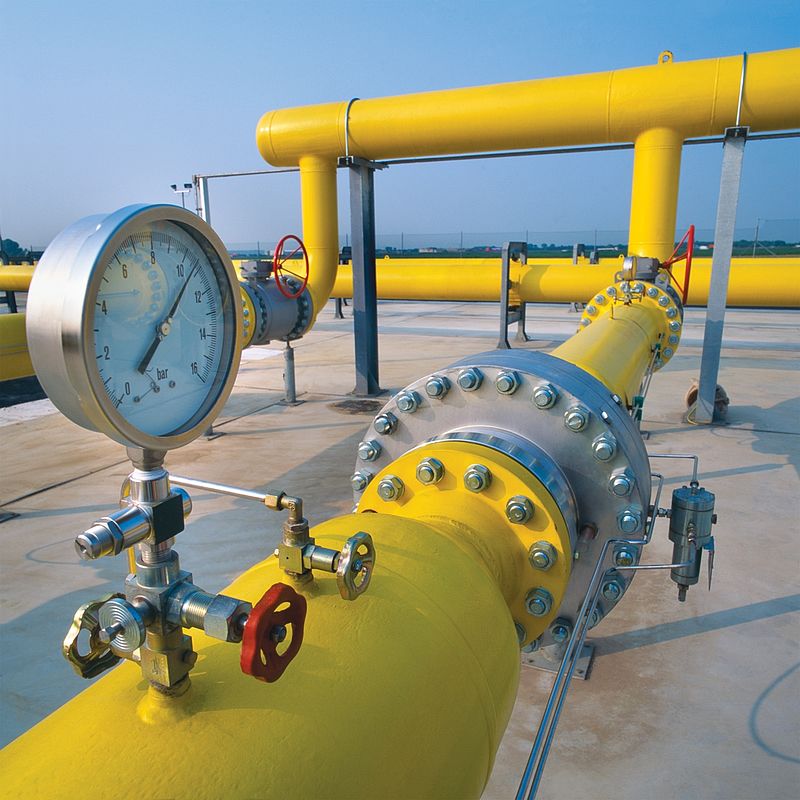
Ensuring biogas quality for gas grids
Challenge
Biogas production and its upgrade to biomethane have the potential to reduce Europe’s dependency on imported natural gas. In 2017, 65 000 GWh of biogas generated electricity and 18 000 biogas plants contributed to energy supply diversification. Biogases are produced by digesting a variety of industrial waste streams high in organic material, such as gases from land fill sites, farming effluent and sludge from waste water treatment plants. However, depending on the biogas’s source, impurities such as siloxanes, can create damaging deposits inside electricity and heating plant reducing its efficiency. For this reason, biogas entering the grid system is strictly regulated by an EC Directive that limits the amount and type of impurities that can enter the gas supply.
Compliance with the Directive requires biogas producers to demonstrate the quality of the gas they supply. Charcoal beds absorb impurities before biogas enters the grid, with sampling regimes in place to confirm their performance. Biogas samples are routinely bagged and sent for off-site analysis – a costly and timeconsuming process, where interactions between the sample and plastic container hamper result accuracy. On-line real-time gas analysis systems, such as those based on FTIR, are available and capable of providing the measurement sensitivity required, but robust calibrations underpinned by well characterised reference gases are needed to support their introduction.
Solution
Reference siloxane gas mixtures and lab-based measurement methods to confirm instrument performance were developed in the EMRP project Characterisation of Energy Gases. These now form the basis for a traceability chain to SI units for calibrating instruments used to confirm the amounts of impurities, such as siloxane entering the gas supply chain. The EMPIR project Field trial of traceable online measurements of siloxanes in landfill gases enabled performance confirmation of installed biogas plant monitoring instrumentation and the development of a method for achieving SI traceability. This has now been incorporated into a mandated CEN standard on the purity of biogas fuels entering the supply chain.
Impact
Protea manufactures industrial stack gas emission monitoring analysers based on the FTIR technique and were one of the first to use the siloxane reference gas mixtures to confirm the performance of their own in-house calibration method. Participation in the EMPIR project’s field-trial enabled the generation of a measurement protocol for traceably assessing the performance of real-time, in-line impurity monitoring systems. This was an essential step for demonstrating the on-site test method that has subsequently been incorporated into the CEN standard for demonstrating biogas meets the EC requirements for use in gas supply.
During this trial, Protea’s AtmosFIR instrument, already authorised for monitoring other gas pollutants, identified a previously undetected overloaded filtration bed that was failing to remove siloxanes from the plant’s biogas stream, so enabling remedial action to be taken. Protea is offering customers an ongoing calibration capability by combining instrument sales with reference gas standards to enable easy verification of installed gas analysers. Increasing the ability of biogas suppliers to demonstrate compliance with the EC Directive will aid the introduction of this important fuel into the gas supply so increasing diversity and assisting with energy supply security.
- Category
- EMRP,
- Energy,
